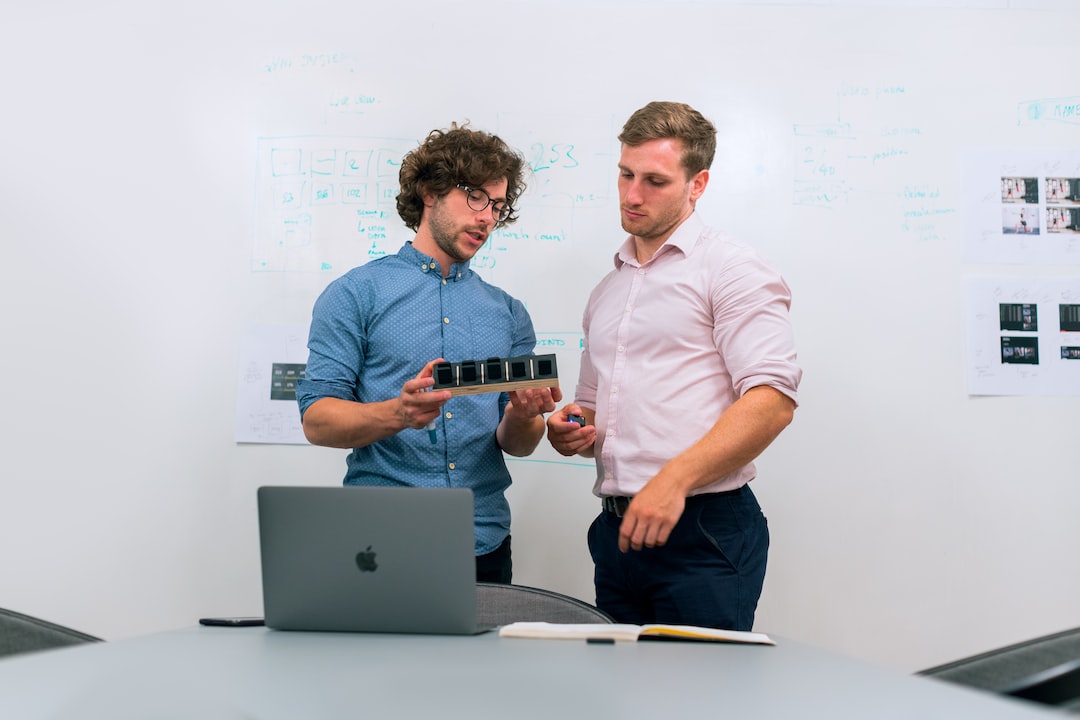How Engineering is Shaping the Future of Transportation
Engineering has always played a crucial role in shaping the world we live in. From the building of ancient roads and bridges to the creation of modern day automobiles and aircraft, engineering has continually pushed the boundaries of what is possible in transportation. As we look towards the future, it is evident that engineering will once again play a key role in revolutionizing how we get from point A to point B. In this blog post, we will explore four ways in which engineering is shaping the future of transportation.
1. Electric Vehicles (EVs): In recent years, there has been a growing interest in electric vehicles as a cleaner and more sustainable alternative to traditional gasoline-powered cars. Engineers have been at the forefront of this movement, developing new battery technology and charging infrastructure to support the widespread adoption of EVs. Advances in engineering have resulted in improved battery life, faster charging times, and increased driving range, making EVs a viable option for everyday use. The engineering community continues to innovate in this field, working towards even greater efficiency and affordability in electric transportation.
2. Autonomous Vehicles: Self-driving cars are no longer just a concept from science fiction movies; they are a reality that is quickly becoming mainstream. Engineers have been instrumental in developing the technology necessary for autonomous vehicles to navigate our roads safely and efficiently. From advanced sensors and cameras to complex algorithms, engineers have created a sophisticated network of technology that allows cars to perceive their surroundings, make decisions, and interact with other vehicles. Although there are still challenges to overcome, engineers are committed to perfecting this technology and paving the way for a future where autonomous vehicles are the norm.
3. Hyperloop: The concept of hyperloop transportation was first proposed by Elon Musk in 2013, and since then, engineers have been working tirelessly to turn his vision into a reality. The hyperloop is a high-speed transportation system that uses low-pressure tubes to transport passengers or cargo at speeds of up to 700 mph. Engineers are currently developing the technology required to create a safe and efficient hyperloop system, including designing the pods that will carry passengers, creating the infrastructure to support the tubes, and solving the economic and logistical challenges that come with implementing such a system. The hyperloop has the potential to revolutionize long-distance travel, drastically reducing travel times and increasing connectivity between cities.
4. Urban Air Mobility (UAM): With growing congestion and the need for faster transportation options, engineers are looking towards the skies for the future of transportation. Urban Air Mobility (UAM) is a concept that involves the use of electric vertical take-off and landing (eVTOL) aircraft to transport people within urban areas. These aircraft, also known as flying taxis, are being designed to take advantage of the vertical dimension and reduce travel times and congestion on the ground. Engineers are working on designing and testing eVTOL aircraft, developing the necessary infrastructure and air traffic management systems, and ensuring safety and performance standards are met. UAM has the potential to transform the way we move within cities, providing a faster and more efficient mode of transportation.
It is clear that engineering will continue to shape the future of transportation in ways we cannot yet imagine. From electric vehicles to autonomous cars, hyperloop systems, and urban air mobility, engineers are at the forefront of these technological advancements. By pushing the boundaries of what is possible, engineers are not only revolutionizing the way we travel but also working towards a more sustainable and efficient future. As we look ahead, it is essential to recognize and appreciate the impact that engineering has on our everyday lives and the potential it holds for creating a brighter future of transportation.

